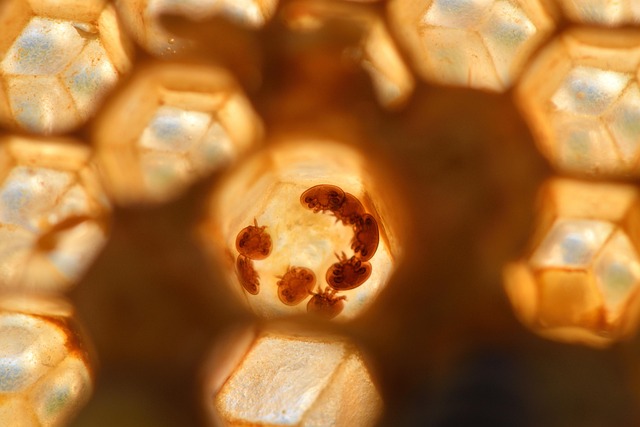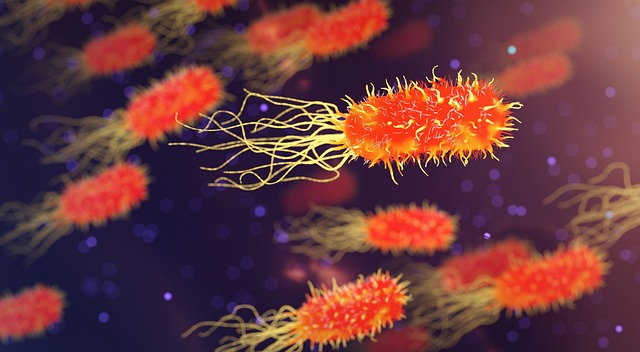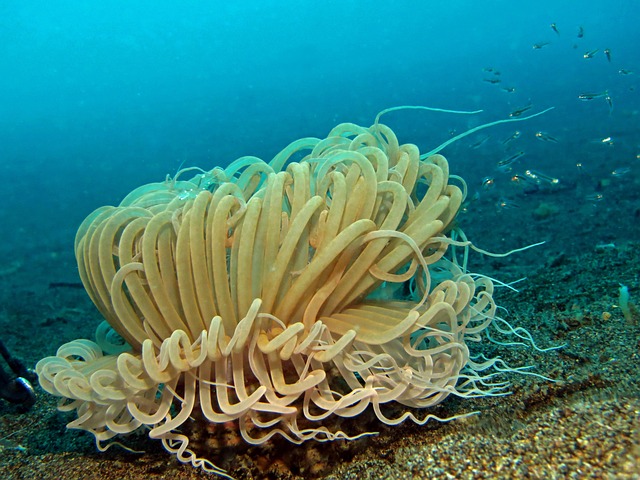
Host Interaction
Understanding Host Interaction
The world of microorganisms is a fascinating realm where tiny entities like bacteria and viruses engage in complex relationships with their hosts. These interactions can be categorized into three main types: commensalism, mutualism, and parasitism. Each type plays a unique role in the delicate balance of life, and understanding these dynamics can provide insight into our health and well-being. 🌼
Commensalism: The Silent Partner
In the realm of commensalism, one party benefits while the other remains unaffected. A prime example is Bacteroides thetaiotaomicron, a bacterium that resides in our intestines. While it thrives in this environment, it doesn’t offer any significant benefits to us. This relationship highlights how some microorganisms can coexist without directly impacting their host—like a quiet roommate who takes up space but doesn’t contribute to the household chores.
Mutualism: A Beautiful Partnership
On the flip side, mutualism represents a harmonious relationship where both the host and the pathogen benefit. Within our stomachs, for instance, various bacteria work tirelessly to break down nutrients, making them more accessible for our bodies. In return, these bacteria find a cozy ecosystem to thrive in. This partnership is a beautiful reminder of how interconnected life is, and how our bodies host a multitude of tiny helpers that keep us functioning optimally. 🌱
Parasitism: The Unwanted Guest
Unfortunately, not all interactions are beneficial. Parasitism occurs when one organism benefits at the expense of the other, often leading to harm. Pathogens like certain viruses and bacteria can invade our bodies, causing illness and distress. This relationship can be likened to an unwelcome guest who overstays their welcome, draining resources and leaving chaos in their wake. It’s crucial to understand these dynamics, as they can significantly impact our health.
The Science Behind Host-Pathogen Interactions
Recent advancements in science have shed light on the intricate dance between hosts and pathogens. Through network analysis and RNA sequencing, researchers have discovered that certain pathogen proteins can drastically alter the host's interactome. This rewiring can enhance the pathogen's ability to thrive during infection, making it a key area of study in understanding diseases. The more we learn about these interactions, the better equipped we are to combat harmful pathogens and support our health.
Conclusion: Embracing the Complexity
Host-pathogen interactions are a testament to the complexity of life on Earth. From the silent coexistence of commensal organisms to the mutually beneficial relationships that nourish us, and the parasitic threats that challenge our health, these dynamics remind us of the delicate balance within our bodies and the environment. By embracing this complexity, we can foster a greater appreciation for the tiny life forms that share our world and influence our well-being. 🌍




















 Asexual Reproduction: Mitosis vs. Meiosis
Asexual Reproduction: Mitosis vs. Meiosis 
 Health
Health  Fitness
Fitness  Lifestyle
Lifestyle  Tech
Tech  Travel
Travel  Food
Food  Education
Education  Parenting
Parenting  Career & Work
Career & Work  Hobbies
Hobbies  Wellness
Wellness  Beauty
Beauty  Cars
Cars  Art
Art  Science
Science  Culture
Culture  Books
Books  Music
Music  Movies
Movies  Gaming
Gaming  Sports
Sports  Nature
Nature  Home & Garden
Home & Garden  Business & Finance
Business & Finance  Relationships
Relationships  Pets
Pets  Shopping
Shopping  Mindset & Inspiration
Mindset & Inspiration  Environment
Environment  Gadgets
Gadgets  Politics
Politics 